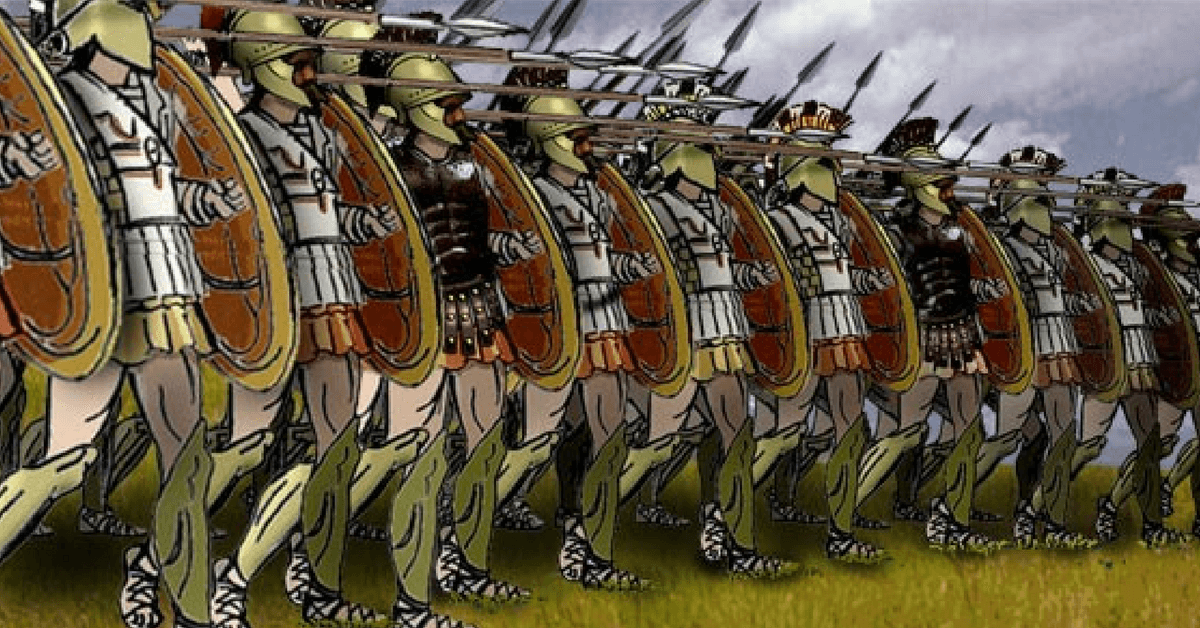Zac Snyder’s movie, “300,” came under fire for its fanciful retelling of the Battle of Thermopylae. Nevertheless, he did stick to the gist of what actually happened… pretty much.
Back then, Persia was the superpower, while Greece was a collection of city-states. Persia had invaded Greece in 492 BC, but was kicked out two years later at the Battle of Marathon – commemorated today by the Olympic flame.
Understandably upset, the Persians under Xerxes I tried again in August 480 BC. The Athenians tried to block the Persian navy at the Straits of Artemisium, but another Persian force of perhaps 100,000 to 150,000 landed at the Thermopylae Pass – which is where King Leonidas I of Sparta comes in.
Taking 300 of his royal bodyguard with him, Leonidas made his way to Thermopylae. By the time he got there in mid-August, he had about 7,000 men from other city-states… all of whom wore armor.
The Persians sent Leonidas an embassy, urging him to surrender. He refused, so the Persian army dug in. Five days later on August 20, Xerxes ordered his archers to fire at the Greeks. Given the distance, as well as the bronze shields and helmets the Greeks wore, it did no good.
So Xerxes ordered an all-out attack by the cavalry. The Greeks retreated and let them pass. Once deep within their lines, however, they closed ranks and cut the Persians down. Thus ended day one with few Greek losses.
The second day turned out no better for the Persians. Because the Greeks were protected behind their Phocian Wall and only had to defend a narrow pass, they were able to commit fewer men to the conflict – greatly annoying Xerxes.
And that’s where Ephialtes of Trachinian comes in. A Greek, he showed the Persians a path around Thermopylae. Later that evening, the Persians took the path, skirted the town of Phocis above, and made their way back down toward the pass. Phocis sent a runner to warn Leonidas, but he refused to budge.
Trapped on two sides, Leonidas and his men fell. With them out of the way, Persia took its revenge on the rest of Greece.
